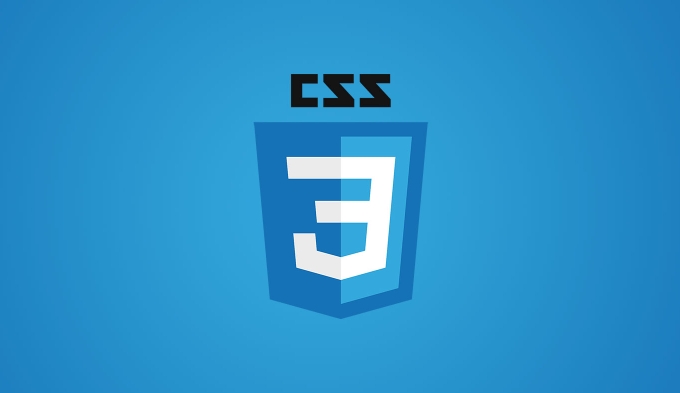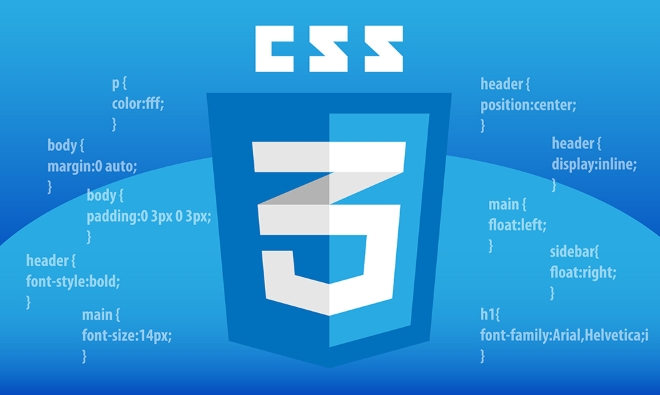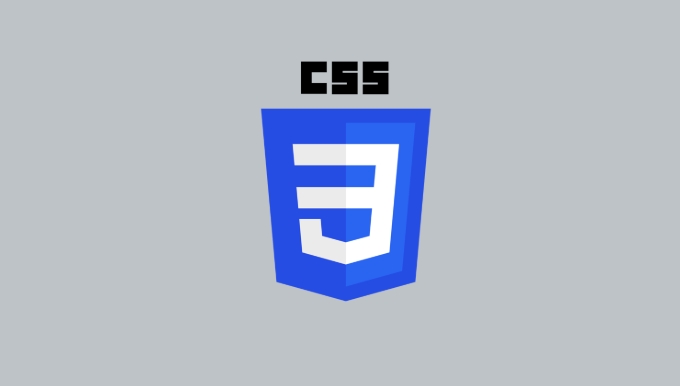Understanding the css box model: content, padding, border, margin
Jul 08, 2025 am 12:06 AMWeb page elements occupy space through the CSS box model, each element consisting of content, inner margins, borders, and outer margins. 1. The content area is the core area, and the size is set through width and height; 2. The padding surrounds the content and increases the overall size of the element; 3. The border defines the box outline, which will also affect the size; 4. The margin controls the distance from other elements, which may merge and affect the layout. Use box-sizing: border-box; let width and height include padding and border, which facilitates control of the total size. Understanding these four parts and their relationships is the key to mastering web page layout.

How do web elements occupy space in page layout? The answer lies in the box model of CSS. Each HTML element is essentially a box, and this "box" consists of four parts: content, padding, border and margin. Understanding their respective roles is the basis for mastering web page layout.

Content: The core of the box
The content area is where you put text, pictures or other elements, which determines the most basic size of the box. You can set the size of the content area through width and height .

For example:
.box {
width: 200px;
height: 100px;
}The above code sets the width and height of the content area, but the entire element actually takes up more than this space - because there are padding, border and margin.

By default, the browser uses the standard box model (i.e. content-box), which means that the width and height you set only correspond to the content area and do not include other parts.
If you want width and height to include padding and border, you can add this sentence:
box-sizing: border-box;
Padding: The gap between content and border
Padding is a blank area around content. Its function is to prevent the content from sticking to the border and improve visual comfort.
Common usage:
-
padding: 10px;add 10px in all four directions -
padding-left: 20px;only add inner margin to the left
Note: padding affects the overall width and height of the entire box. For example, if the content is 200px wide, the padding is 10px each, then this part becomes 220px.
Border: Box boundary line
Border is the "outline" of a box, which can be color, style, and width. While it doesn't take up much space by itself, it does add to the overall size of the box.
Basic writing method:
border: 2px solid #333;
You can set the borders on one side separately, for example:
-
border-top: 1px dashed red; -
border-right-width: 5px;
Just like padding, borders also increase the overall width and height of the box. If you use box-sizing: border-box; you don't need to worry about this problem.
Margin: Controls the distance from other elements
Margin is the distance between the box and other elements. It is transparent and will not have any background color or border, but is just used as a "separation belt".
Common Tips:
-
margin: 0 auto;centered block-level element -
margin-bottom: 20px;controls the vertical spacing between elements
It is worth noting that margin collapses in two adjacent vertical directions, which may bring unexpected effects when laying out, so special attention should be paid.
Basically that's it. The CSS box model looks simple, but is very critical in the actual layout. Many beginners encounter questions such as "Why is my div bigger than expected?" and "Why doesn't margin work?", which can often be found from the perspective of box models. Just remember the relationship between the four parts and make good use of box-sizing , you can control the layout of the web page more freely.
The above is the detailed content of Understanding the css box model: content, padding, border, margin. For more information, please follow other related articles on the PHP Chinese website!

Hot AI Tools

Undress AI Tool
Undress images for free

Undresser.AI Undress
AI-powered app for creating realistic nude photos

AI Clothes Remover
Online AI tool for removing clothes from photos.

Clothoff.io
AI clothes remover

Video Face Swap
Swap faces in any video effortlessly with our completely free AI face swap tool!

Hot Article

Hot Tools

Notepad++7.3.1
Easy-to-use and free code editor

SublimeText3 Chinese version
Chinese version, very easy to use

Zend Studio 13.0.1
Powerful PHP integrated development environment

Dreamweaver CS6
Visual web development tools

SublimeText3 Mac version
God-level code editing software (SublimeText3)

Hot Topics
 How can I include CSS only on some pages?
Jun 11, 2025 am 12:01 AM
How can I include CSS only on some pages?
Jun 11, 2025 am 12:01 AM
There are three ways to selectively include CSS on a specific page: 1. Inline CSS, suitable for pages that are not frequently accessed or require unique styles; 2. Load external CSS files using JavaScript conditions, suitable for situations where flexibility is required; 3. Containment on the server side, suitable for scenarios using server-side languages. This approach can optimize website performance and maintainability, but requires balance of modularity and performance.
 Flexbox vs Grid: Understanding the Key Differences in CSS Layout
Jun 10, 2025 am 12:03 AM
Flexbox vs Grid: Understanding the Key Differences in CSS Layout
Jun 10, 2025 am 12:03 AM
Flexboxisidealforone-dimensionallayouts,whileGridsuitstwo-dimensional,complexlayouts.UseFlexboxforaligningitemsinasingleaxisandGridforprecisecontroloverrowsandcolumnsinintricatedesigns.
 Creating an Auto-Closing Notification With an HTML Popover
Jun 10, 2025 am 09:45 AM
Creating an Auto-Closing Notification With an HTML Popover
Jun 10, 2025 am 09:45 AM
The HTML popover attribute transforms elements into top-layer elements that can be opened and closed with a button or JavaScript. Popovers can be dismissed a number of ways, but there is no option to auto-close them. Preethi has a technique you can u
 What is 'render-blocking CSS'?
Jun 24, 2025 am 12:42 AM
What is 'render-blocking CSS'?
Jun 24, 2025 am 12:42 AM
CSS blocks page rendering because browsers view inline and external CSS as key resources by default, especially with imported stylesheets, header large amounts of inline CSS, and unoptimized media query styles. 1. Extract critical CSS and embed it into HTML; 2. Delay loading non-critical CSS through JavaScript; 3. Use media attributes to optimize loading such as print styles; 4. Compress and merge CSS to reduce requests. It is recommended to use tools to extract key CSS, combine rel="preload" asynchronous loading, and use media delayed loading reasonably to avoid excessive splitting and complex script control.
 How to use Lotties in Figma
Jun 14, 2025 am 10:17 AM
How to use Lotties in Figma
Jun 14, 2025 am 10:17 AM
In the following tutorial, I will show you how to create Lottie animations in Figma. We'll use two colorful designs to exmplify how you can animate in Figma, and then I'll show you how to go from Figma to Lottie animations. All you need is a free Fig
 Breaking Boundaries: Building a Tangram Puzzle With (S)CSS
Jun 13, 2025 am 11:33 AM
Breaking Boundaries: Building a Tangram Puzzle With (S)CSS
Jun 13, 2025 am 11:33 AM
We put it to the test and it turns out Sass can replace JavaScript, at least when it comes to low-level logic and puzzle behavior. With nothing but maps, mixins, functions, and a whole lot of math, we managed to bring our Tangram puzzle to life, no J
 External vs. Internal CSS: What's the Best Approach?
Jun 20, 2025 am 12:45 AM
External vs. Internal CSS: What's the Best Approach?
Jun 20, 2025 am 12:45 AM
ThebestapproachforCSSdependsontheproject'sspecificneeds.Forlargerprojects,externalCSSisbetterduetomaintainabilityandreusability;forsmallerprojectsorsingle-pageapplications,internalCSSmightbemoresuitable.It'scrucialtobalanceprojectsize,performanceneed
 Does my CSS must be on lower case?
Jun 19, 2025 am 12:29 AM
Does my CSS must be on lower case?
Jun 19, 2025 am 12:29 AM
No,CSSdoesnothavetobeinlowercase.However,usinglowercaseisrecommendedfor:1)Consistencyandreadability,2)Avoidingerrorsinrelatedtechnologies,3)Potentialperformancebenefits,and4)Improvedcollaborationwithinteams.






